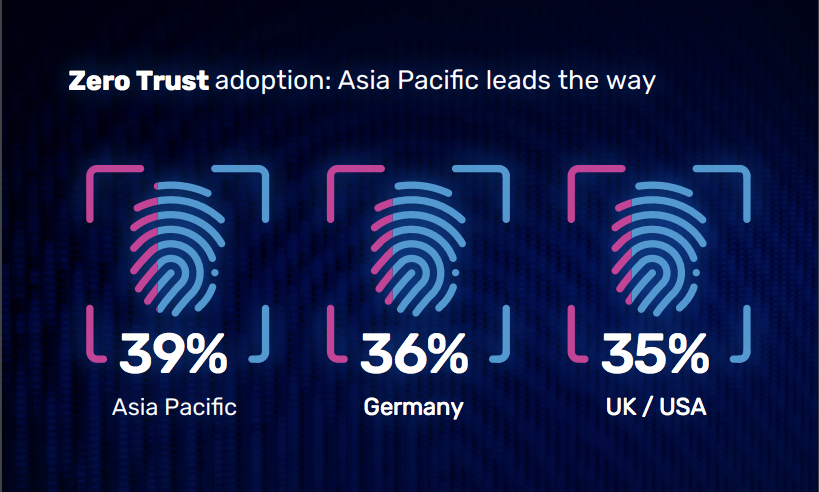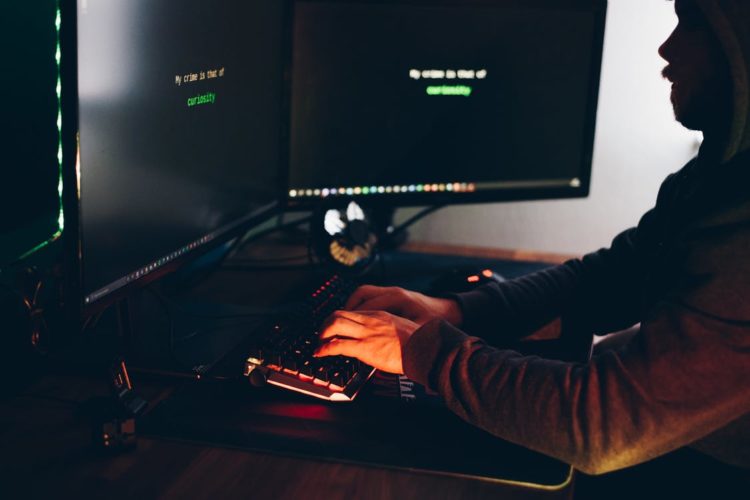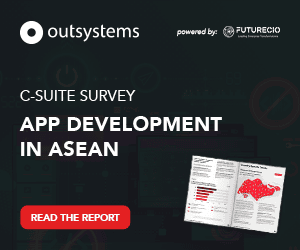Increase in cyber threats face today's organisations
A recent study from A10 Networks with 250 corporate organisations revealed key challenges and priorities of enterprise organisations in today's post-pandemic era. As many as 95% showed high levels of concern for all aspects of enterprise digital resilience.
Outranking all other concerns, optimisation of security tools to ensure competitive an organisation's advantage remain as a top priority. The respondents also placed emphasis on maintaining a superior user experience with customers so that they can access their ecosystem more seamlessly and securely.
Those polled were also concerned about the migration from service IPv4 and to IPv6, as well as balancing security standards with efficiency benchmarks.
Increased network traffic has compounded the challenges faced by respondents, with 81% of Asia Pacific business organisations reporting an increase in network traffic volumes of late. This increase was 39% on average compared to the global average of 47%.

75% of Asia Pacific business organisations said it would be cloud-based, while 33% indicated private cloud as their preferred environment. However, they are not reassured by their cloud service providers, with 48% stating that they cannot meet their SLAs.
Undoubtedly, Asia Pacific respondents were more concerned about the loss of data and sensitive assets in the event of a data breach due to a cyber attack.
Other concerns include ransomware, potential downtime or lockdown in the event of a Distributed Denial-of-Service (DDoS) attack, in which the attacker floods a server with internet traffic to prevent users from accessing the site. In response to this, the research showed a clear shift towards zero trust approaches, with 39% of Asia Pacific business organisations saying they had already adopted a zero trust model in the last year.
Zero Trust
Zero Trust is a security concept centred on the belief that organisations should not automatically trust anything inside or outside its perimeters and instead must verify anything and everything trying to connect to its systems before granting access.
“The strategy around Zero Trust boils down to don't trust anyone. In reality, there has been a shift to support distributed home and remote working. About 63% of Asia Pacific business organisations say that all or most employees will work in the office in the long term, compared to an average of 62% across all regions surveyed.
This contrasts with predictions of a momentous shift to a perpetually hybrid enterprise, with application and networking professionals expecting the old normal to reassert itself.
A10 Networks international vice president Anthony Webb says, "The world has changed irrevocably. The pace of digital transformation has accelerated beyond expectations. However, as we move out of crisis mode, organisations are now focused on digital resilience, moving to the cloud and strengthening their defences.
"There is a clear need to help employees work in the way they feel most comfortable. And we are seeing a gradual shift to zero trust models. The return to the office environment may be due to the strong anxiety IT professionals have about security, the cloud and aspects of digital resilience and continuity, as well as the ability of their IT systems to cope with it."
Businesses hone in on investment priorities
In terms of investment priorities, artificial intelligence and machine learning have undoubtedly come of age, with 52% of Asia Pacific enterprise organisations saying they have deployed these technologies in the last year.
Furthermore, 45% say they have implemented blockchain technologies, as well 42% say they have deployed IoT devices to help business functions.
Looking to the future, the adoption of cybersecurity initiatives will likely become higher, and this includes zero trust models.
Webb says, "Business organisations really need to consider many issues. To address these issues, companies must continue to invest in modern technologies, such as zero trust, that enable automation and protection, along with a balance of defence and agility for an increasingly multi-factor infrastructure."




